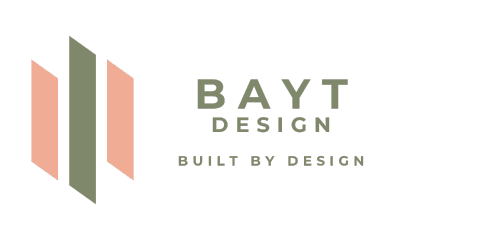Murtada Almohsen
One of the most common questions we get at BAYT is:
“Do I need planning permission for this?”
If you’re thinking about building an extension, converting your attic, adding a porch or a garden room, it’s important to know where you stand legally. Planning rules in Ireland are fairly clear, but the details do matter, and small changes to your property can mean the difference between needing permission or not.
As a design and build company based in Dublin, we help our clients navigate these rules from day one, so you avoid delays, rejections, or issues down the line.
Here’s a clear breakdown:
In many cases, you can carry out small works to your house under exempted development rules, meaning you don’t need to apply for planning permission, as long as the works meet certain criteria.
You can build a rear extension without planning permission if:
⚠️ Note: If the house has been previously extended, the 40m² includes all extensions combined.
You don’t need planning permission to convert your attic if:
✅ You can insulate, floor, and fit rooflights under exemption rules, but if you’re adding a large dormer or front-facing roof alteration, you do need permission.
A porch to the front is exempt if:
Larger porches do require planning.
You generally don’t need planning to create or widen a driveway, but:
You’ll need full planning permission if you’re proposing any of the following:
In some areas of Dublin, like Clontarf, Phibsborough, Rathmines, and parts of Dublin 8, your property may be in an Architectural Conservation Area (ACA). In these zones, even exempt works may not be allowed without planning.
We always check zoning, ACA designations, and site history before advising on exemptions.
Doing work that requires planning but doesn’t have it is considered unauthorised development. This can lead to:
If unsure, it’s best to check early.
Every home is different. Even if something sounds “exempt,” it depends on:
At BAYT, we do a planning check at the start of every project. We handle applications for you if needed, and design within exempted limits when possible, saving you time and money.
